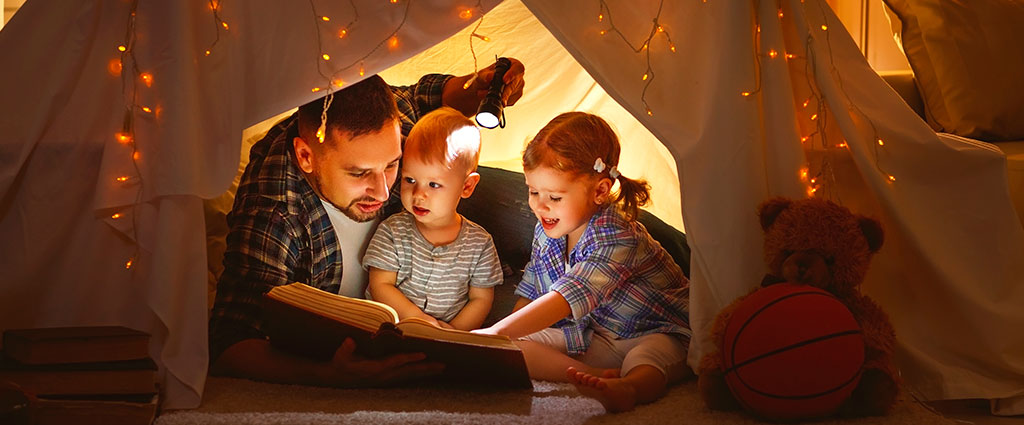
COVID-19 Information
COVID-19 is an infectious disease caused by a new specific strain from the coronavirus family that can include mild to severe fever, cough, and difficulty breathing. COVID-19 has been in the headlines for months. Kids pay attention to the news when hot topics dominate it, and they are often curious enough to ask questions. If they do, we suggest taking a calm and factual approach consisting of three steps.
First, it is most important to prepare yourself to provide helpful, factual information to address children’s questions. Gather information from reliable sources about the new coronavirus yourself, and then spend some time thinking about your reactions. Talking to other adults about your fears and concerns can help you appear more calm and confident when you talk to your child. Decide on a couple of key points you’d like your child to take away from your conversation and focus on how you can get those ideas across in an age-appropriate way. This means giving them basic facts, while not focusing on scarier information or statistics that might overwhelm them. There is a lot of information floating around about coronavirus; there’s no need to present it all to your child.
Second, have multiple conversations. Rather than seeing this as “the talk,” children are more likely to ask questions and learn through multiple brief conversations. Ask your children what they know or have heard about the coronavirus. By doing this, you’ll learn whether they have misunderstood something or if they have incorrect information altogether. Ask them what questions they have and answer them calmly and factually. If you do not know the answer to any question, it is okay to say so and to offer to look for information to address their questions. Be sure to follow up! After sharing information, ask your child what they think about it to see if they understood what you told them and to understand their reactions. Empower children by talking about and modeling actions to stay safe during their usual activities, like when and how to wash hands, wearing a mask in public, and keeping 6 feet of distance between themselves and others while out for walks and bike rides.
Third, create as much normalcy as possible in these unusual times. Help your child build routines that include some of their normal activities and interests while fitting the current situation. For example, find time for school work, do dance class virtually, arrange for your child to call or videochat with friends. Maintain usual expectations for behavior like making their bed and saying please and thank you. Other sections of the Family Stress Resources include more information about how meet each of these goals. The attached worksheets will give you a bit more information on specific sections.
Other sections of the Family Stress Tool Kit can be helpful as well.
- Discussing Stressful Events provides strategies to talk with children about upsetting changes and sources of stress.
- Routines and Schedules can be particularly helpful as families adjust to integrating working and schooling from home.
- Handling Conflict is helpful as families spend more and more time together at home.
- Stress Management/Building Resiliency includes activities that can be completed while social distancing.
Mayo Clinic has more information about COVID-19.